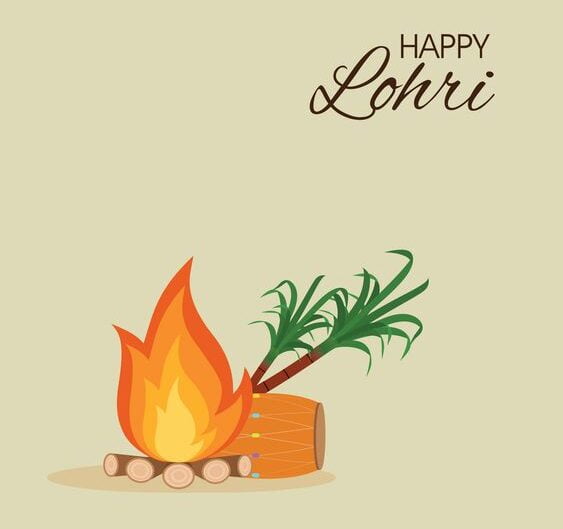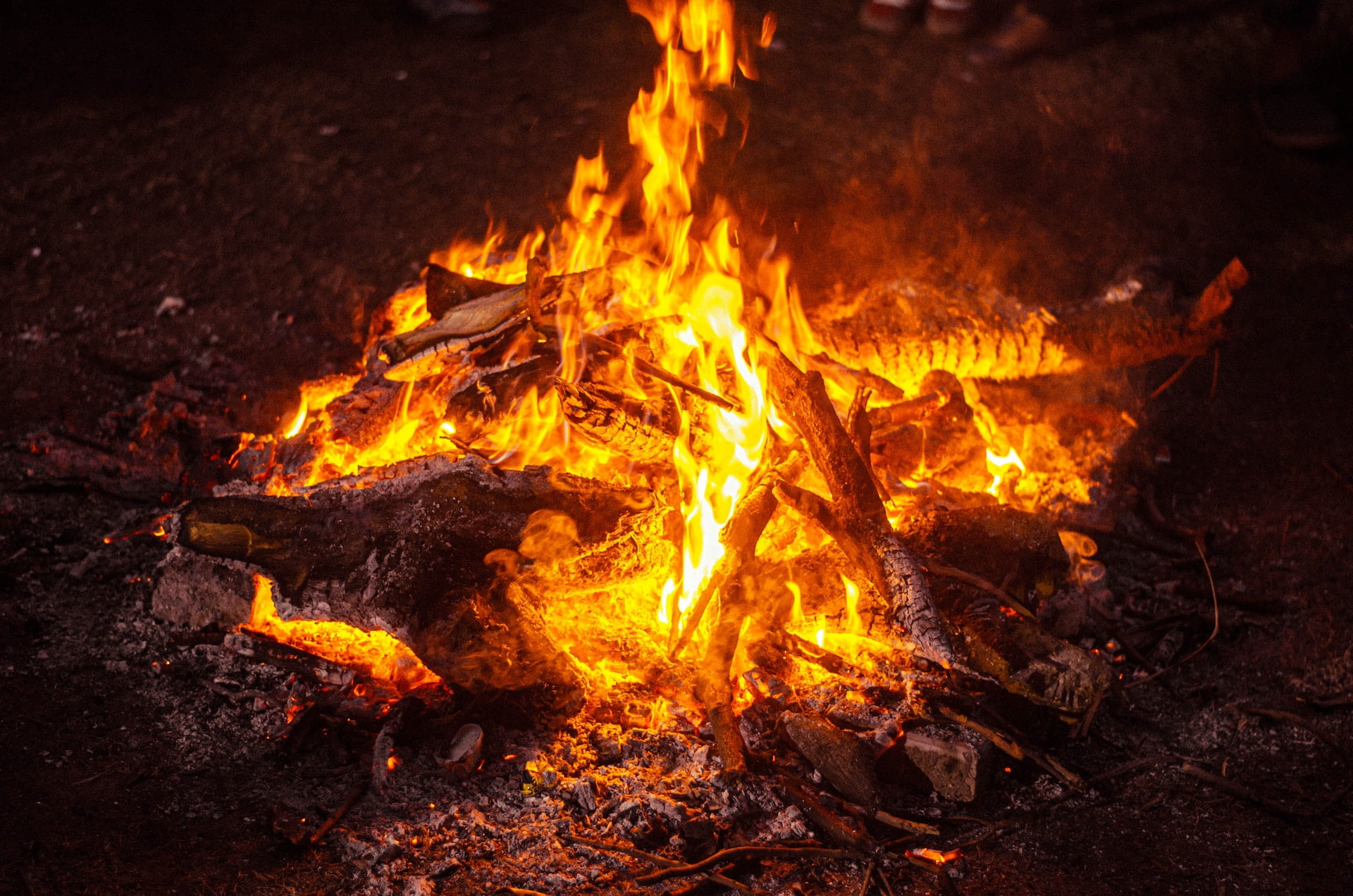Lohri festival 2024: The well-known celebration in North India signifies the conclusion of the winter solstice and the start of longer days. It also has a do with agriculture, since it signifies Punjab’s harvest season. Learn more about the Lohri festival’s origins, traditions, and celebrations.
Table of Contents
Lohri festival 2024
In certain regions of Northern India, Lohri is celebrated the night before Makar Sankranti. It is a well-known Indian holiday that is observed to signal the start of the winter crop harvest season. Every year, Lohri is celebrated with great pomp, notably by the people of Punjab, during the month of Paush, one day before Makar Sankranti, which falls on January 13. The celebration is well-liked throughout the nation, including in Jammu, Haryana, and Himachal Pradesh. Lohri is observed on Sunday, January 14, 2024.
Though in more recent years it has been held the day before Makar Sankranti, it was originally observed on the evening before the Winter Solstice. Makar Sankranti and Lohri, sometimes called Lohadi or Lal Loi, are closely linked festivals. The harvest of rabi crops is traditionally linked to the Lohri celebration. The sugarcane harvesting season is upon us. After Lohri (Maghi), even the Punjabi farmers consider it to be the start of the financial year. The Lohri celebration is linked to three edibles: popcorn, peanuts, and rewri.
Lohri festival is a time of unadulterated indulgence. Popular Lohri customs include singing folk songs, dancing to the beat of dhol, performing bhangra, gidda, and chajja, enjoying sarson ka saag and makki ki roti, and snacking on popcorn, gajak, moongfali, tilkut, puffed rice, and revdi while sitting by the campfire.
Indian Origins of Lohri
Lohri comes from a variety of places. The belief that Lohri is the illuminating celebration of the Winter Solstice is the central theme of Lohri. The bonfire is the essential feature of Lohri. Lighting the fire has long been a tradition during winter solstice celebrations. It suggests that the longer days will return.
Punjab, Jammu, and Himachal Pradesh all observe Lohri as official holidays. Though it is not a gazetted holiday, the event is observed throughout Delhi and Haryana. Sikhs, Hindus, and everyone else who choose to celebrate Lohri commemorate it.

Legends of Lohri Origin
– Dulla Bhatti
The mythology of Dulla Bhatti is central to Lohri’s songwriting. During Akbar’s rule, Dulla Bhatti resided in the state of Punjab. He was revered as Punjab’s hero. He saved impoverished Punjabi girls who were forcefully transported from the Sandal Bar region to be sold as slaves in the Middle East.

– Loi
Some people believe that the word “Loi” is where Lohri got its name. Saint Kabir’s spouse was named Loi.
– Loh
Some people believe that the word “Loh” is where Lohri got its name. Loh is the term for a fire’s warmth and brightness.
Significance of the Lohri Festival
The main winter crop of Punjab, the breadbasket of India, is wheat, which is sown in October and harvested in March or April. Before the crops are cut and gathered, farmers celebrate the Lohri celebration in January, when the fields appear to be promising a golden harvest.

Paush, the coldest months of the year, come to an end during this time when the earth, which is farthest from the sun, begins its trip towards it. It heralds the arrival of Magh and the auspicious Uttarayan season. This time, after the Bhagavad Gita, Lord Krishna manifests himself in all his majesty. Hindus believe that bathing in the Ganges River atones for their sins.
The Bonfire Ritual
Huge bonfires are lighted in front yards of houses and harvested fields around twilight. People congregate near the fire, form a circle around the bonfire, toss popcorn, snacks, and puffed rice into the flames, and hum well-known folk tunes. They offer prayers to the fire deity, asking him to bless the country with plenty and prosperity. The five main components of the prasad are peanuts, popcorn, jaggery, til, and gajak.
Also read History of 11 January (Historical events of 11 January till 2024)

